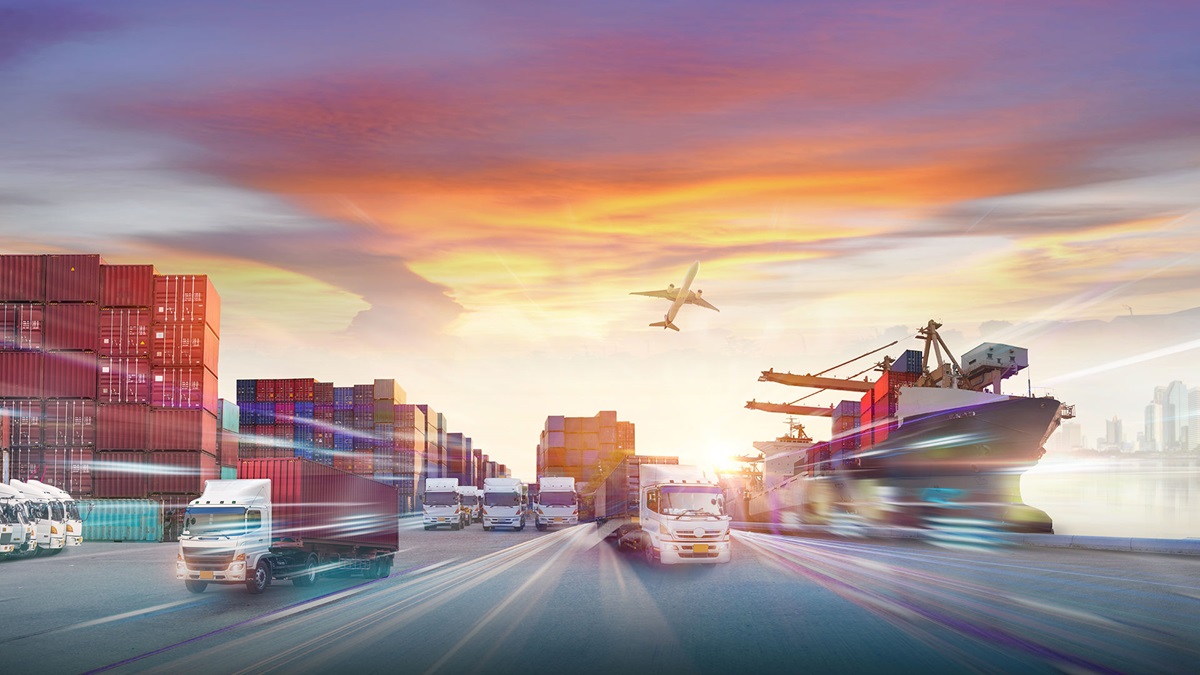How Bangladesh’s Logistics Landscape Compares to ASEAN Peers
Efficient logistics is the backbone of global trade, economic development, and competitiveness. As Bangladesh aims to become a major export-driven economy, benchmarking its logistics infrastructure and policies against its ASEAN peers—such as Vietnam, Thailand, and Indonesia—provides crucial insights into how it can improve and scale in the coming decade.
In this blog, we analyze Bangladesh’s logistics capabilities, challenges, and strategic outlook compared to key ASEAN nations, examining elements such as infrastructure, policy frameworks, port capacity, and digitalization.
Why the Comparison Matters
The ASEAN region is a global logistics hotspot, known for rapid industrialization, seamless trade networks, and proximity to global supply chains. Bangladesh, located at the heart of South Asia with access to the Bay of Bengal, is emerging as a regional player. Understanding how Bangladesh stacks up helps policymakers, investors, and logistics providers align better with international standards and expectations.
🔗 Related: Bangladesh’s Growing Logistics Sector: Trends, Challenges, and Global Opportunities
Key Comparison Areas
1. Infrastructure Quality
| Metric | Bangladesh | Vietnam | Thailand | Indonesia |
|---|---|---|---|---|
| Global Logistics Index Rank (2023)* | 88 | 43 | 32 | 63 |
| Road Quality (scale 1–7)** | 2.9 | 3.7 | 4.4 | 3.5 |
| Rail Connectivity | Limited | Moderate | Advanced | Moderate |
| Port Infrastructure | Developing (e.g., Chattogram) | Advanced (e.g., Hai Phong) | World-class (e.g., Laem Chabang) | Improving (e.g., Tanjung Priok) |
*World Bank Logistics Performance Index
**World Economic Forum: Global Competitiveness Report
Bangladesh still relies heavily on its Chattogram Port, which handles over 90% of trade but suffers from congestion and outdated systems. In contrast, Thailand and Vietnam have developed multi-port systems with efficient hinterland connectivity and specialized container handling.
🔗 Learn more: Port vs. Inland Transport: Choosing the Right Route for Bangladeshi Exports
2. Customs and Trade Facilitation
ASEAN countries have aggressively adopted Single Window systems, electronic customs clearance, and AEO (Authorized Economic Operator) programs. Bangladesh has initiated the Bangladesh Customs Modernization Plan, but full digitization is still underway.
| Country | Customs Clearance Time (avg.) | Digitized Trade Portal | AEO Program |
|---|---|---|---|
| Bangladesh | 4–5 days | Partially | In pilot stage |
| Vietnam | 1.5–2 days | Fully integrated | Yes |
| Thailand | <1 day | Fully operational | Yes |
| Indonesia | 2–3 days | Fully digital | Yes |
🔗 Related: Digitizing the Bangladesh Customs Clearance Process
3. Multimodal Connectivity
ASEAN countries have invested heavily in multimodal logistics parks, dry ports, and railway cargo services. Bangladesh, despite growing investments in the Padma Bridge, Dhaka-Chattogram highway, and inland waterways, lags in integrating rail and river with road and port services.
🔗 Related: Inland Waterways in Bangladesh: A Hidden Gem for Cargo Movement
4. Digital Logistics and Smart Warehousing
Vietnam and Thailand have begun deploying IoT-enabled warehouses, blockchain for supply chain transparency, and AI-powered inventory management. Bangladesh’s digital transformation is still nascent, with most logistics players using basic ERP or manual systems.
| Tech Adoption | Bangladesh | Vietnam | Thailand |
|---|---|---|---|
| IoT in Logistics | Low | Moderate | High |
| AI & Automation | Rare | Growing | Established |
| Cold Chain Logistics | Emerging | Advanced | Advanced |
🔗 Related: Smart Logistics & AI: Revolutionizing Bangladesh’s Export Supply Chains
5. Policy and Investment Incentives
ASEAN logistics development is supported by regional integration policies, such as the ASEAN Connectivity Plan and RCEP (Regional Comprehensive Economic Partnership). Bangladesh, while not part of these blocs, has FTAs and plans for joining RCEP in the future.
Moreover, Export Processing Zones (EPZs) and Special Economic Zones (SEZs) are helping Bangladesh gradually catch up.
🔗 Related: Role of EPZs in Supporting Bangladesh’s Export Logistics
Bangladesh’s Strengths
Despite its relative lag in infrastructure and automation, Bangladesh offers:
-
Strategic geography for Bay of Bengal and BIMSTEC logistics routes
-
Low labor costs for last-mile delivery and logistics staffing
-
A growing e-commerce market, expected to reach $5 billion by 2025
-
Increasing FDI in SEZs and logistics real estate
What Bangladesh Can Learn from ASEAN
✅ Best Practices:
-
Vietnam’s “National Single Window” that links 13 ministries for seamless trade approvals.
-
Thailand’s PPP model for logistics corridor development and cold-chain expansion.
-
Indonesia’s maritime highway linking islands through ferry and RoRo services.
✅ Key Actions:
-
Invest in rail and inland waterway logistics to decongest highways and ports.
-
Promote digital freight exchanges for visibility and route optimization.
-
Introduce customs reform with blockchain pilots to reduce corruption and clearance times.
-
Strengthen PPPs to scale warehousing, logistics parks, and trucking networks.
Final Thoughts
While Bangladesh still trails most of its ASEAN counterparts in logistics efficiency, it has a clear pathway forward. With strategic investments, policy reforms, and technology adoption, Bangladesh can emerge as South Asia’s logistics gateway—connecting the landlocked northeast, China, and ASEAN through multimodal routes.
Comparing with ASEAN peers offers more than just benchmarking—it provides a roadmap. For companies and stakeholders willing to invest in logistics transformation, Bangladesh offers high potential with first-mover advantage.
